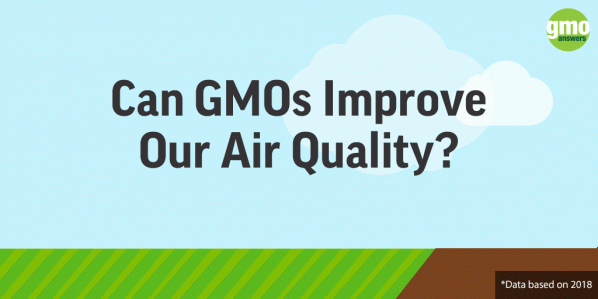Question
Since all stages of GMO conventional agriculture heavily rely on petroleum, how will this affect the price of food and environmental pollution in the long term? If we were to fully embrace GMO conventional wouldn't we be depending dangerously on a raw material that is getting more rare and increasingly expensive to acquire and process?
Submitted by: Consumer1
Answer
Expert response from Janet Carpenter
Owner, J E Carpenter Consulting LLC M.S. Agricultural and Resource Economics
Thursday, 30/01/2014 00:18
The facts do not support the idea that GM crops are more heavily reliant on petroleum than conventional or organic crops. One of the largest uses of petroleum in agriculture is for running machinery across fields to mechanically control weeds through tillage operations. Prior to the introduction of GM herbicide-tolerant crops, farmers were already adopting reduced tillage practices, which were made possible with the availability of selective postemergent herbicides that could be used on growing weeds without harming the crop. Since the introduction of GM crops, many studies have shown that the adoption of GM herbicide-tolerant crops has contributed to the increased adoption of reduced tillage systems.1, 2, 3, 4, 5, 6, 7 By contrast, organic growers are heavily reliant on tillage to control weeds, as the use of synthetic herbicides is prohibited under the USDA organic standard. As a result, organic growers not only use more fuel than growers of conventional and GM crops but cause increased erosion and decreased water retention of soils. Further, the adoption of GM insect-resistant crops has reduced the use of insecticides,8 which reduces the number of passes farmers make to apply insecticides—another major fuel savings.
1 Fernandez-Cornejo, J., C. Hallahan, R. Nehring, S. Wechsler and A. Grube, 2012, “Conservation Tillage, Herbicide Use, and Genetically Engineered Crops in the United States: The Case of Soybeans,” AgBioForum, vol. 15, no. 3, pp. 231-241.
2 Towery, D., and S. Werblow, 2010,Facilitating Conservation Farming Practices and Enhancing Environmental Sustainability with Agricultural Biotechnology, Conservation Tillage Information Center, West Lafayette, IN.
3 English, B.C., Q. Chi, R.K. Roberts and J. Larson, 2005, “The Use of Bayes’ Theorem to Explore the Adoption of Herbicide-Tolerant cotton Seed and No-Tillage Production Practices,” Proceedings of the 27th Southern Conservation Tillage Systems Conference, Florence, South Carolina, 27-29 June, pp. 42-46.
4 Givens, W.A., D.R. Shaw, G.R. Kruger, W.G. Johnson, S.C. Weller, B.G. Young, et al., 2009, “Survey of tillage trends following the adoption of glyphosate-resistant crops,” Weed Technology, vol. 23, pp. 150-55.
5 Marra, M.C., N.E. Piggott and G.A. Carlson, 2004, The net benefits, including convenience, of roundup ready soybeans: results from a national survey, National Science Foundation Center for Integrated Pest Management, Raleigh, NC.
6 Roberts, R.K., B.C. English, Q. Gao and J.A. Larson, 2006, “Simultaneous adoption of herbicide-resistance and conservation-tillage cotton technologies,” Journal of Agricultural and Applied Economics , vol. 38, pp. 629-43.
7 Frisvold, G.B., A. Boor and J.M. Reeves, 2009, “Simultaneous diffusion of herbicide resistant cotton and conservation tillage,” AgBioForum, vol. 12, pp. 249-57.
8 Brookes, G. and P. Barfoot, 2013, “Key environmental impacts of global genetically modified (GM) crop use 1996-2011,” GM Crops and Food, vol. 4, no. 2, pp. 109-119.
How Do GMOs Benefit The Environment?



